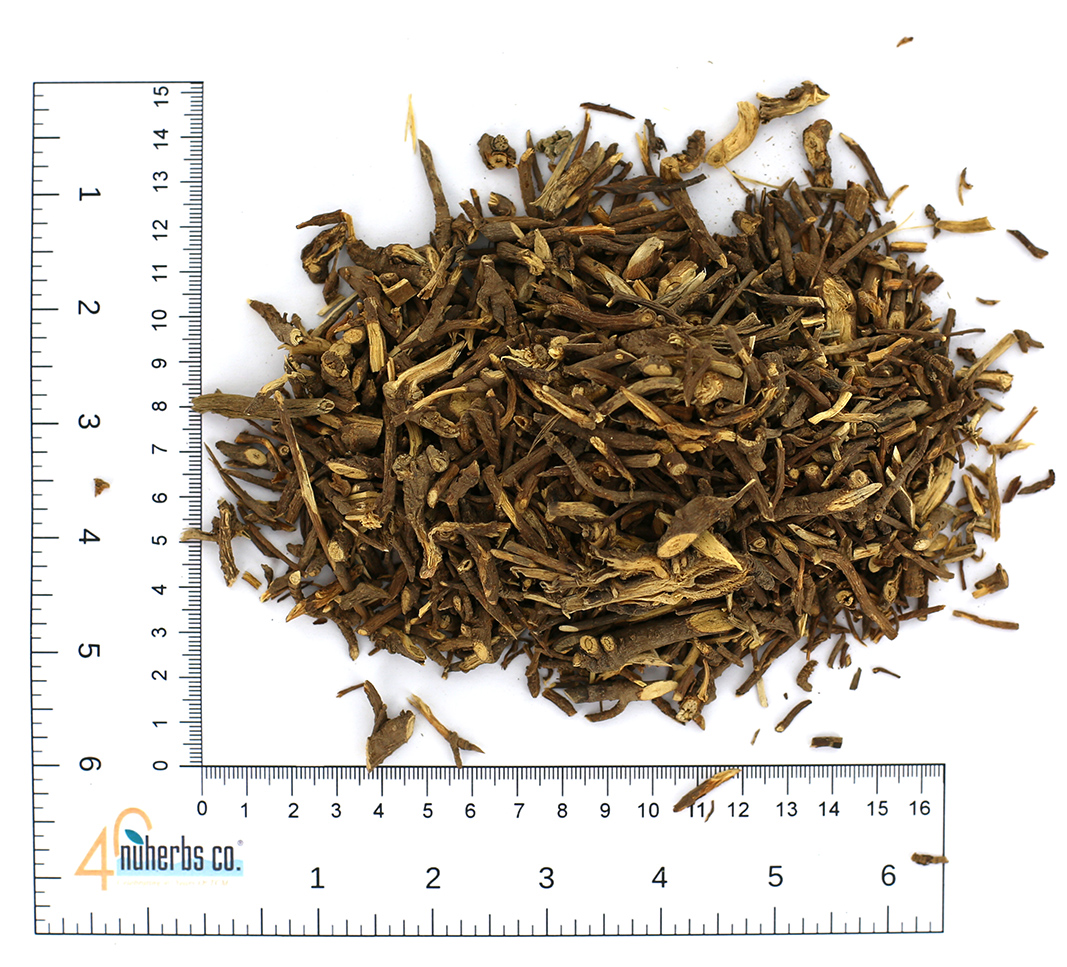Single Herb Glossary
Chái Hú 柴胡

| Pharmaceutical name | Bupleuri Radix Bupleurium root, hare's ear root, thorowax root |
| Category | Cool, Acrid, Release the Exterior |
| Key Properties | Treats alternating Chills & Fever Release Heat (muscles) Harmonize Shaoyang disorder Raise clear Qi (ST & GB) Relieve LV Qi Constraint |
| Properties | Bitter Acrid Cool |
| Tropism | GB, LV, PC, SJ |
| Actions & Indications | 1) Resolves Shaoyang disorders, reduces fever (Alternating chills & fever, bitter taste, hypochondriac pain) 2) Spreads LV Qi constraint (LV/SP disharmony) 3) Raises Yang Qi, specifically ST & GB, clear Qi (low dose only ~3g) |
| Dosages | 3-9 g |
| Contraindications (TCM) | Caution with Yin Deficiency, Yin Deficient Fire, hyperactivity of LV yang, or LV Wind rising; exterior syndrome only with no interior symptoms or condition: may lead pathogenic factor inward |
| Contraindications (Western) | |
| Chemical Composition | Triterpenoids (saikosaponin A, B, C, D, E; saikogenin F, G, E; saikoside), essential oils 0.06-0.16% (r-heptalactone, r-decalactone), carbohydrates, flavone, coumarin, organic acid |
| Pharmacological Effects | • Analgesic and antipyretic: essential oil, saikosaponin, and decoction all have marked analgesic and antipyretic effects; analgesic effect partially blocked with oral ingestion of atropine at 25 mg/kg or subcutaneous injection of naloxone at 0.26 mg/kg • Sedative: Chai Hu and saikosaponin demonstrated sedative effect; oral ingestion of saikosaponin at 200 to 800 mg/kg has marked sedative effect in mice; at 500 mg/kg, saikosaponin prolonged sleeping time induced by barbiturates • Anti-inflammatory: reduces inflammation by decreasing capillary permeability caused by histamine and 5-hydroxy-tryptamine • Hepatoprotective: demonstrated hepatoprotective activity in laboratory animals, especially against carbon tetrachloride-induced liver damage • Cholagogic: marked effect by increased production and excretion of bile • Antihyperlipidemic: saikosaponin A and D demonstrated marked effectiveness in reducing triglycerides and moderate influence in reducing cholesterol • Immunostimulant: stimulates both humoral and cellular immunity in mice • Antibiotic: demonstrated inhibitory effect against β-hemolytic streptococcus, Vibrio cholerae, Mycobacterium tuberculosis, leptospira, some influenza viruses, poliomyelitis viruses, and hepatitis viruses |
| Herb-Drug Interactions | • Tolbutamide: Xiao Chai Hu Tang reduced bioavailability of tolbutamide after oral administration in rats; Xiao Chai Hu Tang found to accelerate initial absorption rate, reduce area under the plasma concentration-time curve, and decrease overall bioavailability of tolbutamide; mechanism of interaction not related to hepatic metabolism • Ofloxacin: one study determined there is no significant effect on rate or extent of bioavailability of ofloxacin when given concurrently with Xiao Chai Hu Tang • Interferon: increased risk of acute pneumonitis may be associated with use of interferon, Xiao Chai Hu Tang, or both in combination; among patients with chronic hepatitis or liver cirrhosis, frequency of drug-induced pneumonitis was 0.5% in those given only interferon-alpha, 0.7% in those given only Xiao Chai Hu Tang, and 4.0% in those given both; the herbs have not been shown to injure the lung tissues, but may over stimulate the neutrophils to release granulocytes elastase and oxygen radicals, which subsequently damage lung tissue; fibroblasts that repair the damaged tissue may increase risk of pulmonary fibrosis |
| Classical Formula(s) |
This information is a reference tool for Chinese herbal studies. It is not intended to replace professional medical advice. Please consult a primary health professional if you require health advisory.
